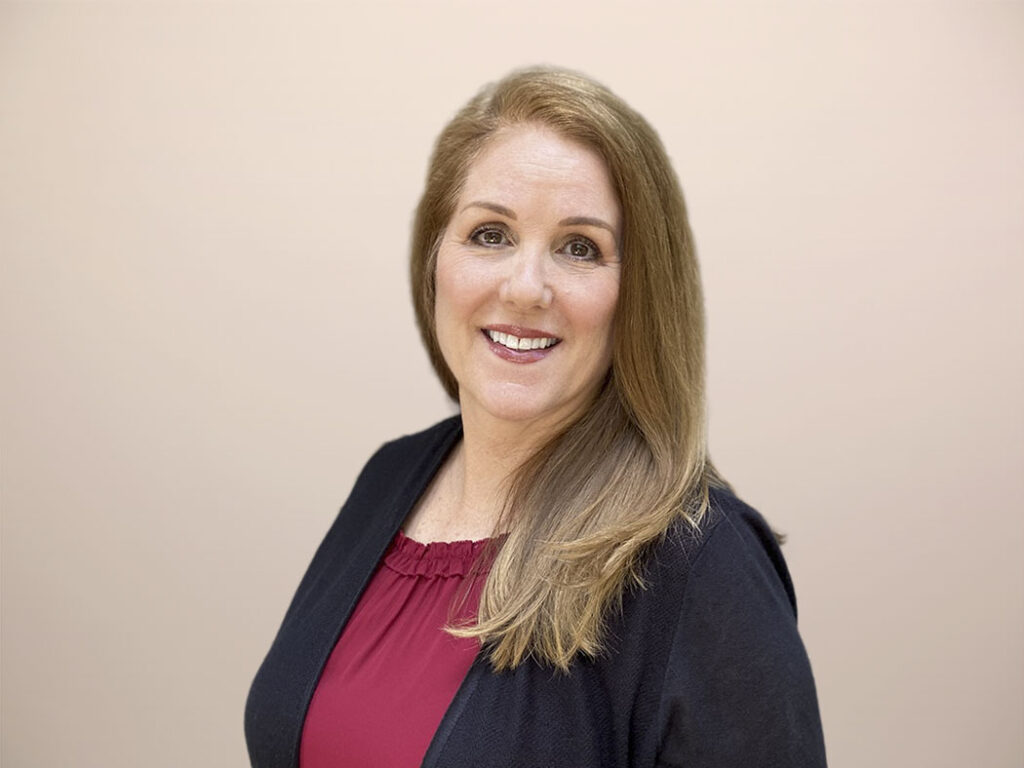Customer Feedback: If You Aren’t Going to Use It, Don’t Ask for It
- Too often customer feedback stays in silos and isn’t shared broadly across the company
- Regular, reliable communication about what is being done with customer input and feedback will increase credibility
- We must respect customers enough to create the structure that enables us to act on feedback
At the core of every customer experience program is the gathering of customer input and feedback. It might be surveys, online communities, customer advisory boards, social media or even a virtual suggestion box, but every program I’ve ever managed, consulted for or been asked to evaluate has feedback-gathering smack dab in the middle of its activities – both in headcount and budget.
 The goal is to get a satisfaction score, a loyalty index, a Net Promoter Score or some other magic number to measure the quality of the customer relationship, customer engagement or propensity to buy new stuff or more of what we have to offer. Time after time, research tells us that loyal customers buy more, defect less, and even bring in new customers on our behalf – so of course we want to know how we are doing in this critical area.
The goal is to get a satisfaction score, a loyalty index, a Net Promoter Score or some other magic number to measure the quality of the customer relationship, customer engagement or propensity to buy new stuff or more of what we have to offer. Time after time, research tells us that loyal customers buy more, defect less, and even bring in new customers on our behalf – so of course we want to know how we are doing in this critical area.
Despite this focus, one of the most common complaints consistently heard from customers is, “You don’t listen to us.” How can that be? We survey, we invite to events, we incentivize, we reward for participation in a plethora of activities. They must know we care, right?
Well, the short and often sad answer is that many organizations fall into a common trap: As soon as we get customer feedback, we turn inward, circle the wagons and get to work fixing what’s broken, creating an eerily silent space where customers are neither invited nor welcome. Too often the feedback stays in silos like customer support and isn’t even shared broadly across the company.
This is exactly the opposite of what we should be doing. The best customer experience organizations are those that keep internal audiences AND customers apprised of what is heard, what is being worked on and how things are progressing. Even when the feedback is negative and the fixes are daunting, customers must be kept in the loop and the responsible teams must be accountable, and rewarded, for progress. A shining example is the company whose CEO records a periodic video that highlights what customers are saying, what’s working, what’s not, and how the company is addressing the most pressing customer feedback. After all, accountability starts at the top.
I once helped a client set up a call-out program where company executives called customers who had given negative feedback. The primary goal was to show that management was listening and concerned about negative customer experiences. Most customers were pleasantly surprised just to get the call, and few needed any further followup. Just having someone listen was enough for the customers, and it was also a great learning experience for the executives! Of course, we had the executives call the very satisfied folks as well, to give them an opportunity to understand what was going well and could be leveraged.
Ultimately, regular, reliable communication about what is being done with precious customer input and feedback will increase credibility and remind customers that you care about their input and appreciate the valuable gift they give when they take the time to provide feedback.
In an organization where feedback is constantly sought but rarely, if ever, acted upon, we must be brave enough to counsel our management to stop asking until we are empowered and organized to act. We must respect customers enough to create the structure that enables us to act on feedback before asking for it again. We must have the organizational commitment to be able to say “you spoke, we listened.”
